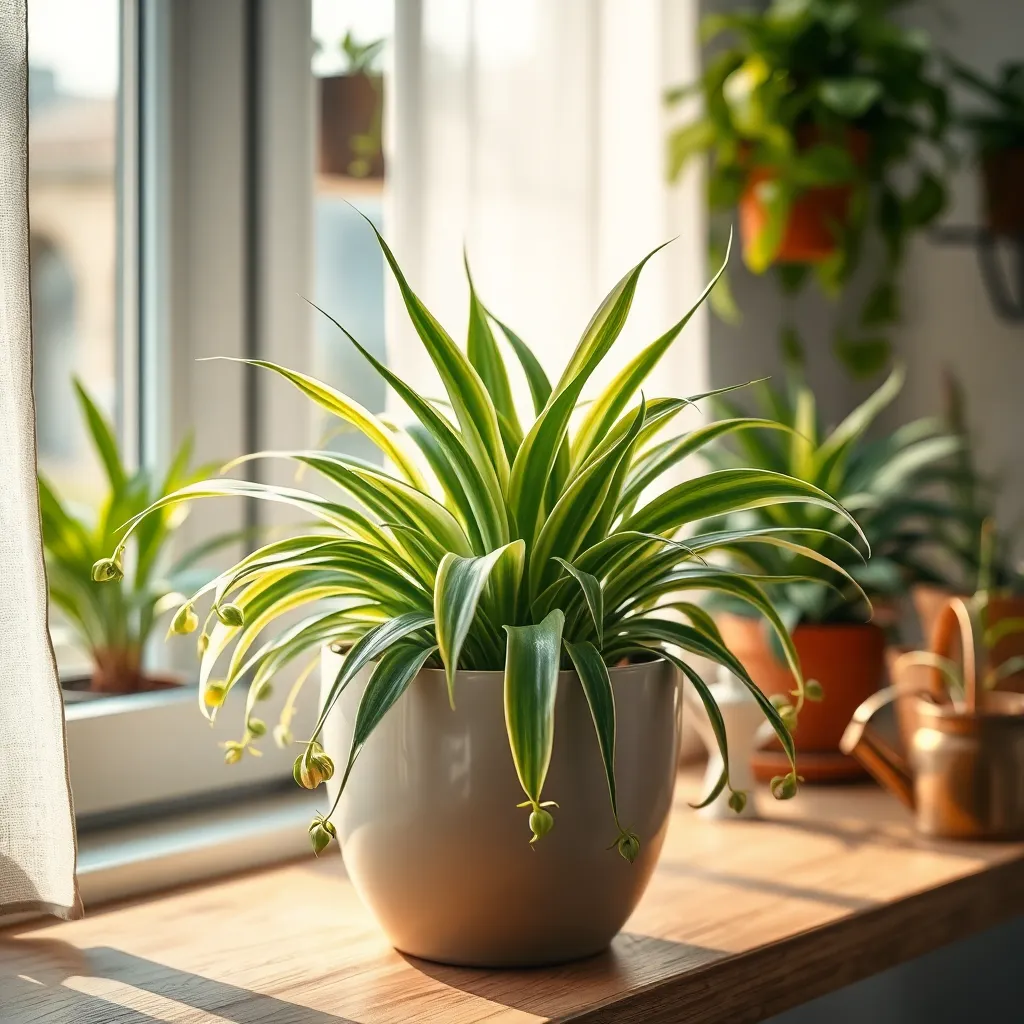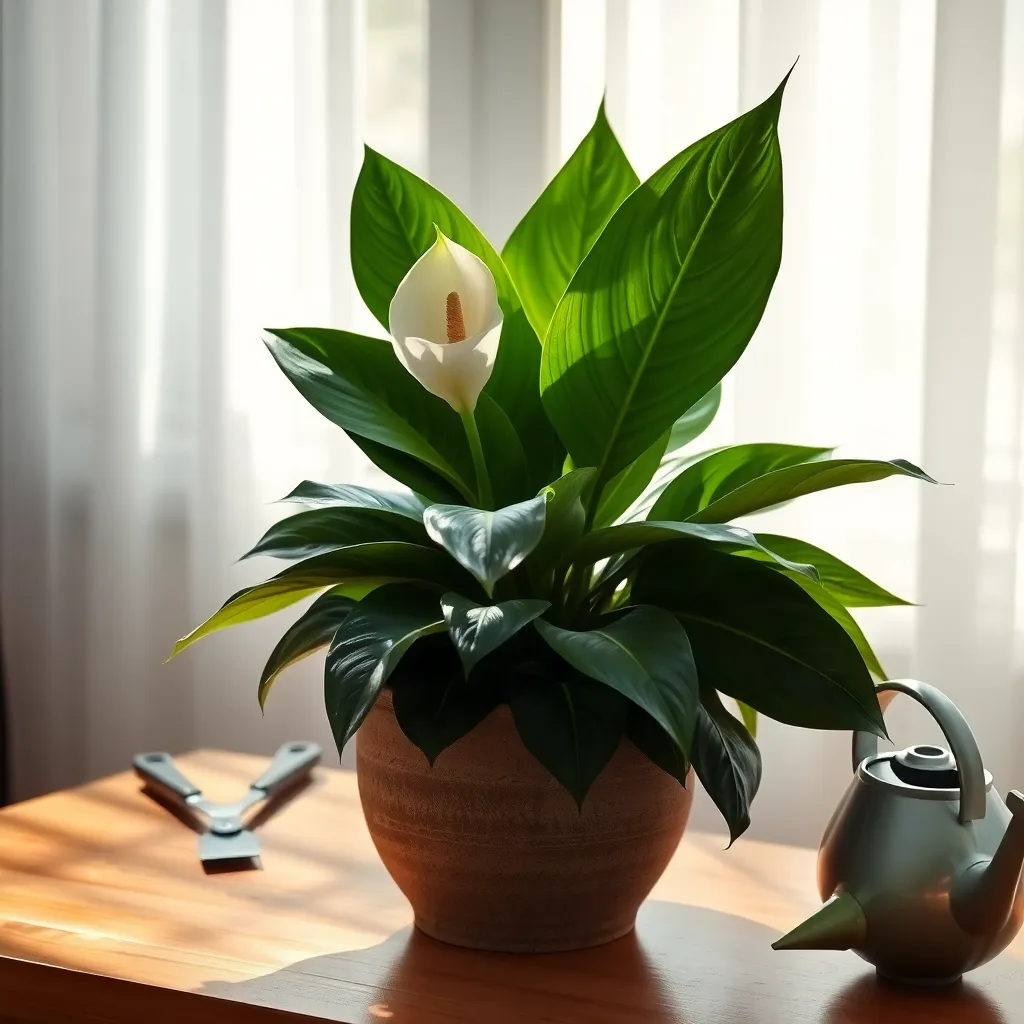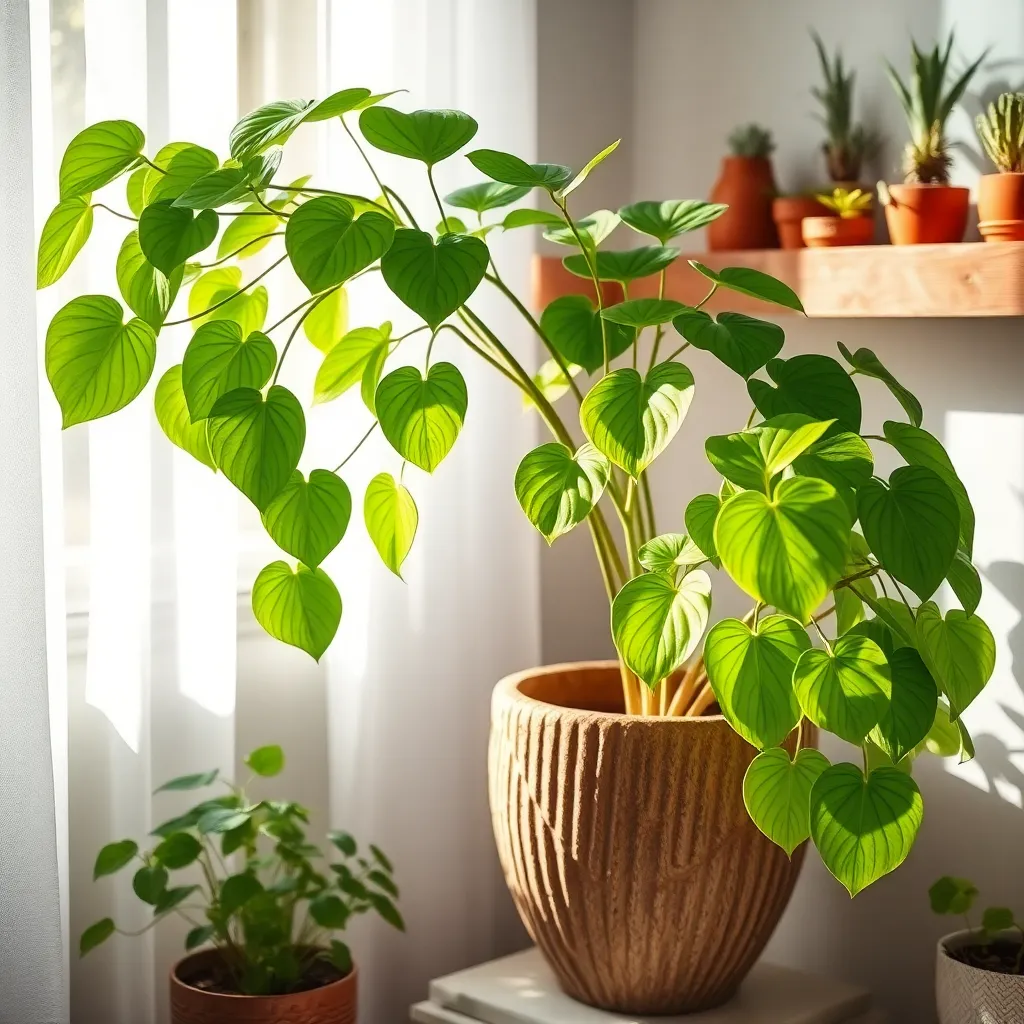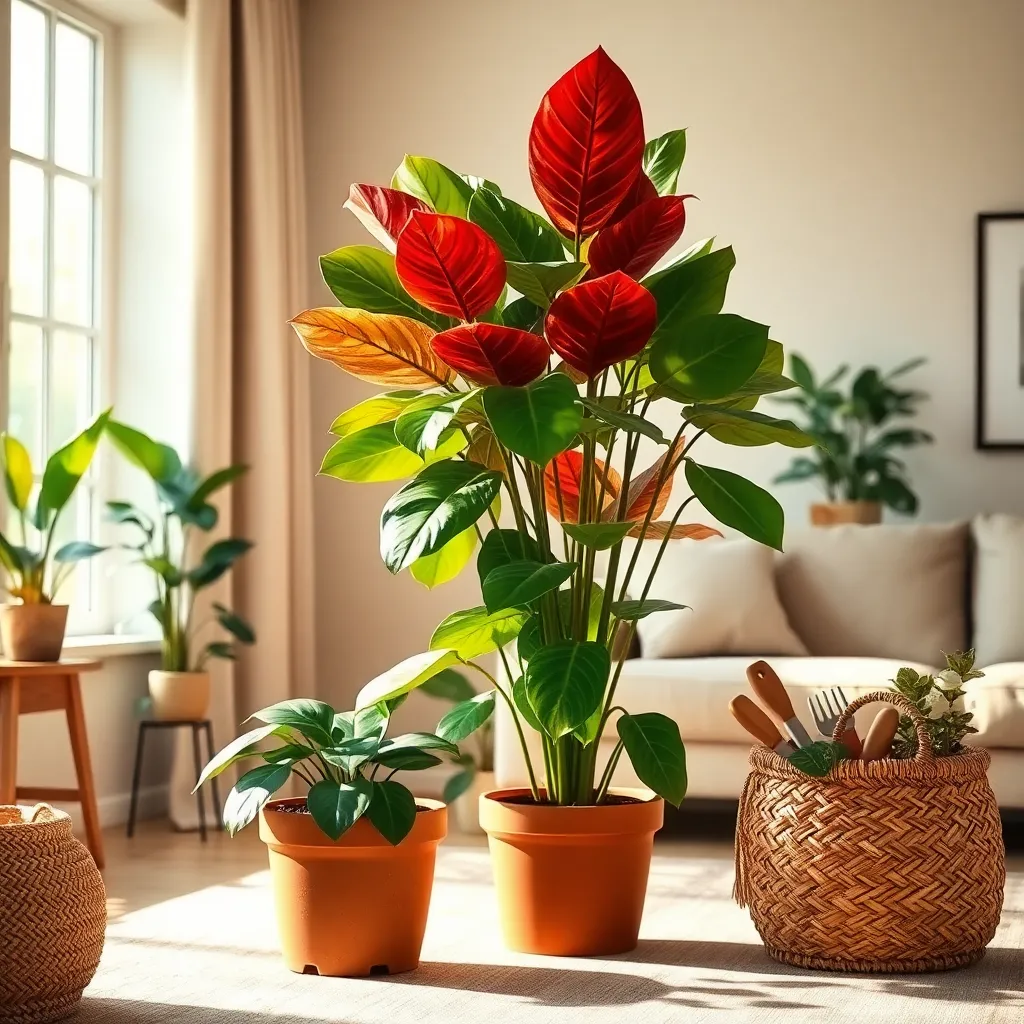Welcome to the wondrous world of indoor gardening, where the simple joy of nurturing a plant can transform any space into a lush, vibrant sanctuary. Whether you’re a curious beginner eager to bring a touch of nature into your home, or an experienced gardener looking to expand your indoor collection, you’ve come to the right place to discover the best plants that promise success and satisfaction.
This carefully curated list of indoor plants is your key to unlocking the secrets of successful gardening without the need for a green thumb. You’ll find selections that are not only easy to care for but also offer a myriad of benefits, from purifying the air to adding a splash of color and life to every corner of your home.
With these plants, you’re not just growing greenery; you’re cultivating confidence and joy with each new leaf and blossom. So, roll up your sleeves and get ready to embark on a rewarding journey where each plant becomes a testament to your gardening triumphs, offering a sense of accomplishment and delight in every season.
Spider Plant (Chlorophytum comosum)

Spider plants, also known as Chlorophytum comosum, are a superb choice for beginner gardeners due to their resilience and ease of care. They thrive in a variety of lighting conditions, from low light to indirect sunlight, making them versatile for any indoor space.
To keep your spider plant healthy, water it approximately once a week, allowing the soil to dry out slightly between waterings. Overwatering can lead to root rot, so it’s crucial to ensure your plant has well-draining soil, such as a mix of potting soil and perlite.
These plants are known for their distinctive arching leaves and small white flowers that eventually turn into “spiderettes” or baby plants. For those looking to propagate, simply plant these spiderettes in soil or water until they develop roots, then transfer them to pots.
Fertilize your spider plant with a balanced liquid fertilizer every month during the growing season to encourage lush growth. As an advanced tip, misting the leaves occasionally can help maintain humidity, especially in dry indoor environments.
Spider plants are also known to be effective at improving indoor air quality by removing toxins such as formaldehyde. Whether you’re just starting out or have a green thumb, incorporating a spider plant into your indoor garden can bring both beauty and health benefits to your home.
Peace Lily (Spathiphyllum spp.)

Peace Lily, or Spathiphyllum, is a popular choice for those new to houseplants due to its low maintenance needs. This plant thrives in low to medium indirect light, making it ideal for rooms that don’t receive direct sunlight.
To ensure your Peace Lily stays healthy, water it once the top inch of soil feels dry. Overwatering can lead to root rot, so it’s best to err on the side of caution and allow the soil to dry out slightly between waterings.
For optimal growth, plant your Peace Lily in a well-draining potting mix, such as a peat-based soil blend. Avoid heavy soils that retain too much moisture, as they can suffocate the roots and hinder the plant’s development.
Beginners will be pleased to know that Peace Lilies also act as natural air purifiers, improving indoor air quality. To encourage flowering, provide a balanced liquid fertilizer once a month during the growing season, but reduce feeding during the winter months.
Philodendron (Philodendron hederaceum)

Philodendron hederaceum, commonly known as the heartleaf philodendron, is an ideal plant for beginners due to its easy-care nature and adaptability. This plant thrives in a variety of indoor conditions and can tolerate low light, making it perfect for less sunny rooms.
Ensure the soil is well-draining to prevent root rot, which is a common issue if the plant is overwatered. A potting mix with peat moss and perlite provides the right balance, keeping the roots healthy and happy.
When it comes to watering, allow the top inch of soil to dry out between waterings. Overwatering is a common mistake, so it’s better to err on the side of underwatering with this resilient plant.
For those looking to advance their care, consider occasional feeding with a balanced liquid fertilizer during the growing season. This encourages lush growth and helps maintain the plant’s vibrant green leaves.
Aloe Vera (Aloe barbadensis miller)

Aloe Vera (Aloe barbadensis miller) is a resilient plant that thrives indoors, making it an excellent choice for beginners. Known for its healing properties, this succulent is not only decorative but also functional, offering a natural remedy for minor burns and skin irritations.
To ensure optimal growth, place your Aloe Vera in a spot that receives plenty of indirect sunlight. A south or west-facing window is ideal, but if that’s not available, a grow light can suffice to provide the necessary light exposure.
Watering Aloe Vera correctly is crucial for its health; overwatering is a common mistake. Allow the soil to dry out completely between waterings, which usually means watering every two to three weeks, depending on the humidity and temperature of your home.
When it comes to soil, use a well-draining mix, such as a cactus or succulent potting soil. You can also enhance drainage by adding extra perlite or sand to the soil. For advanced care, consider repotting your Aloe Vera every couple of years to refresh the soil and give the roots more space. This helps prevent root rot and encourages healthy growth.
Rubber Plant (Ficus elastica)

The rubber plant, known scientifically as Ficus elastica, is a fantastic choice for beginners due to its hardy nature and striking appearance. It thrives in bright, indirect light but can also tolerate some direct sunlight, making it versatile for various indoor environments.
To keep your rubber plant healthy, water it when the top inch of soil feels dry. It’s crucial to use well-draining soil, such as a mix of potting soil, pine bark, and perlite, to prevent root rot.
Beginner gardeners will appreciate that rubber plants are forgiving and can adapt to different humidity levels. However, for optimal growth, aim to maintain a humidity level of around 40% to 50%.
For more advanced care, consider occasional fertilization during the growing season. Use a balanced liquid fertilizer every month during spring and summer to encourage lush growth.
Conclusion: Growing Success with These Plants
In nurturing both relationships and plants, patience, understanding, and the right environment are key. This article explored the parallels between choosing beginner-friendly indoor plants and fostering healthy relationships. We delved into the importance of selecting plants that align with your lifestyle, just as you should seek alignment in your partnerships. We discussed how consistent care, like regular check-ins with loved ones, can cultivate growth. Much like relationships thrive with adaptability, we emphasized the need for flexibility in plant care. We also highlighted the benefits of creating a supportive environment, whether for plants or partners, and finally, the enriching impact of shared growth experiences.
As your next step, consider bringing a new plant into your home. Let it serve as a gentle reminder of the nurturing your relationships deserve. Bookmark this article to revisit these insights whenever you need a refresher on cultivating both plant life and meaningful connections.
Embrace the journey of growth and connection, knowing that each step you take is a step toward flourishing relationships. You have the power to nurture beautiful bonds; save this guide as your companion in this rewarding journey.





